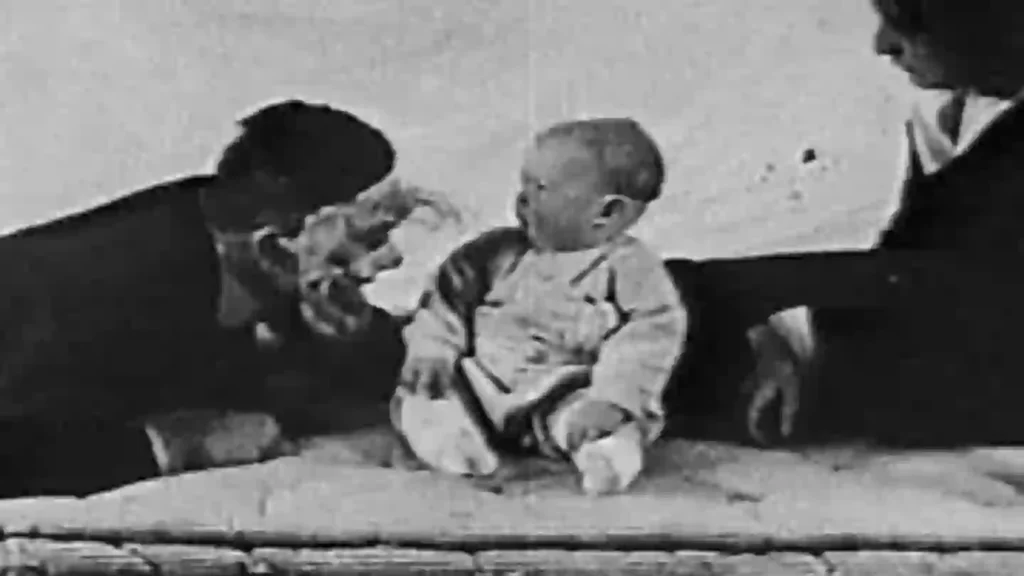One such researcher was Hall Beck from Appalachian State University in Boone, North Carolina, and his findings turned out to be somber.
Watson’s documentation indicated that Albert B was the child of a wet nurse at Johns Hopkins University Hospital in Baltimore, where the study took place.
After years of research and facial recognition technology, Beck determined in 2009 that little Albert was likely Douglas Merritte, born on the same day as the experiment.
This conclusion was tragic; Douglas passed away at the age of six due to hydrocephalus, a condition that had also caused him blindness at times during his short life.
Despite this finding, some psychologists remained skeptical of Beck’s conclusions.
Russ Powell at MacEwan University in Alberta, Canada, alongside his team, reexamined the case and discovered that Beck had overlooked another possible candidate.

They also used a rabbit, monkey, and dog as part of the initial experiment (Getty Stock Image)
They found that a woman named Pearl Barger also gave birth at the same hospital on the same day and had a son named William Albert Barger.
Powell’s team suggested that they identified more evidence linking their candidate to Albert B, leading them to believe they had found the true subject of the experiment.
This story ended on a brighter note, as William Albert Barger enjoyed a long and fulfilling life until his passing in 2007, according to his niece.
She mentioned that he was unaware of the experiment but noted, interestingly, that he had an aversion to animals throughout his life.
Featured Image Credit: Youtube


